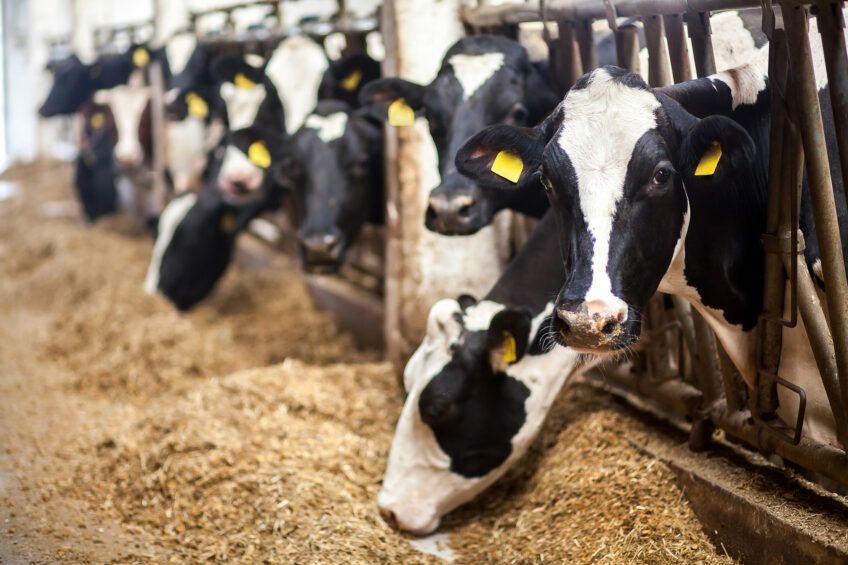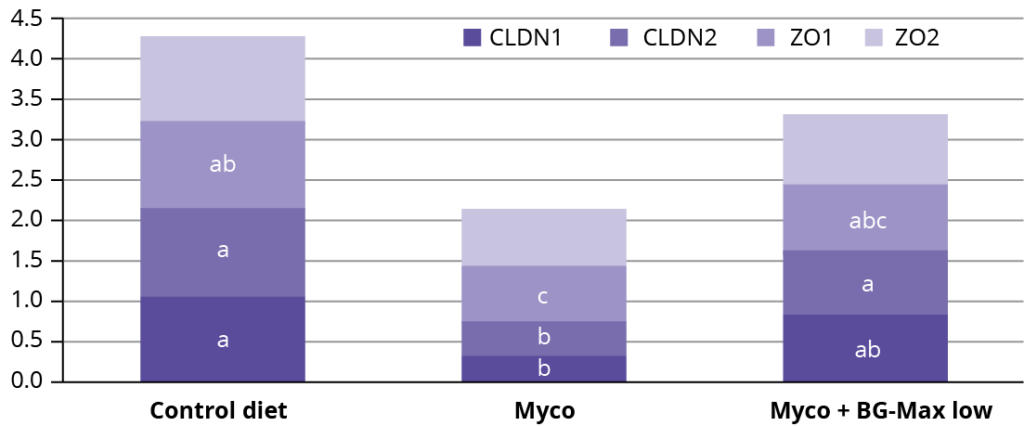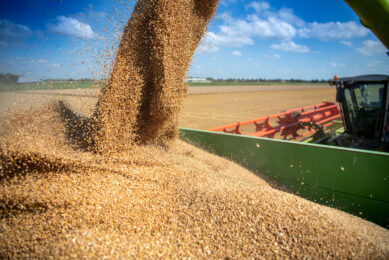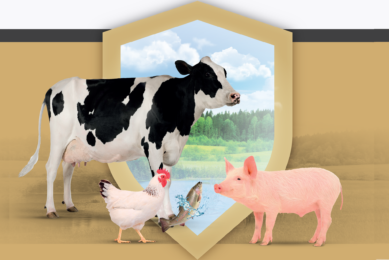Binding is only half of the battle with mycotoxins

Give cows dual-mode support, including prevention and protection, to combat mycotoxin pressures and beyond.
MYCOTOXINS 2025: Utilising technology to detect & mitigate – read all articles
The threat of mycotoxins might have you using or considering using a mycotoxin binder. It seems like a simple solution, right?
The truth is, in the battle against mycotoxins, common knowledge tells us that no product binds mycotoxins 100%. Not only that, but herds are often facing not just one but multiple mycotoxin contaminants at a time, some more easily bound than others. That means focusing solely on binding leaves your cows susceptible.
Inevitably, some mycotoxins will get past the binding phase, where cows need a second layer of protection. They need gut protection, specifically stronger gut integrity, to prevent unbound mycotoxins from causing damage that could result in pathogens getting further downstream into vital organs.
Resilience starts in the gut
A majority of any mammal’s immune function resides in the gut. It’s why, as humans, we’re served scores of ads on gut health, probiotics, prebiotics and more. What’s true in cows is true in us, too (minus the 4 stomach compartments).
The stronger your cow’s gut is, the more resilient she’ll be when faced with viral or bacterial challenges. The more resilient, in theory, the faster the recovery time.
So, how do we build more resilient cow gut integrity? By going beyond mycotoxin prevention with BG-MAX. BG-Max contains Refined Functional Carbohydrates (RFCs) to prevent, or bind mycotoxins, and protect by strengthening gut integrity. Getting these RFCs into a usable form is a complicated but worthy task:
- Yeast cell walls contain powerful compounds that offer an array of health benefits, but these compounds aren’t easily removed.
- Arm & Hammer uses a specialised process called enzymatic hydrolysis to remove RFCs from the yeast cell wall.
- This specialised process uses precise enzymes to release D. mannose, mannan-oligosaccharides (MOS), and beta-glucans from the cell wall in a highly bioavailable form.
- The more bioavailable these compounds are, the better they improve intestinal health, bind pathogens and mycotoxins, and modulate the immune system into a state of readiness.
The unique ability of RFCs to protect the gut from mycotoxin damage plays a key role in preventing mycotoxins from crossing the gut barrier and getting systemic (Figure 1). This protection effect is against several mycotoxins protecting health, immune function and milk quality, making it an important tool in managing threats from multiple mycotoxins.
Figure 1 – Effect of BG-Max supplementation on dietary mixed mycotoxin challenge on gut integrity.

Bentonite is a clay compound used for mainly polar mycotoxin binding. Unlike commonly used feed-grade bentonite, which is inexpensive but requires high-volume, high-inclusion rates, the highly refined bentonite in BG-Max offers greater surface area and efficiency, allowing it to be fed at lower inclusion rates. While bentonite is a nonspecific binder and can bind to more than just mycotoxins, including essential nutrients for cows, this refined version acts more selectively than feed-grade bentonites, specifically attracting key mycotoxin types.
The combination of highly available RFCs and highly refined bentonite not only helps prevent mycotoxins, but also protects the gut from further damage that inbound mycotoxins could cause.
Gut health has never been more important
In the face of mounting threats from mycotoxins and emerging pathogens, simply binding mycotoxins is not enough. Cows need dual-mode support that not only prevents mycotoxin-related issues but also build resilience in their gut:
- Prevent mycotoxin-related performance issues by binding mycotoxins
- Protect the gut from mycotoxins that make it through binding by building stronger gut integrity and thereby stopping mycotoxins from spreading into the bloodstream
- Enhance gut integrity overall for stronger immune function and faster recovery in the face of other threats
Treatment means we’re too late and have missed the opportunity to prevent and protect. Proactively preventing and protecting against mycotoxins to build a more resilient herd is the comprehensive way to stay ahead of challenges.
Join 13,000+ subscribers
Subscribe to our newsletter to stay updated about all the need-to-know content in the dairy sector, two times a week.






